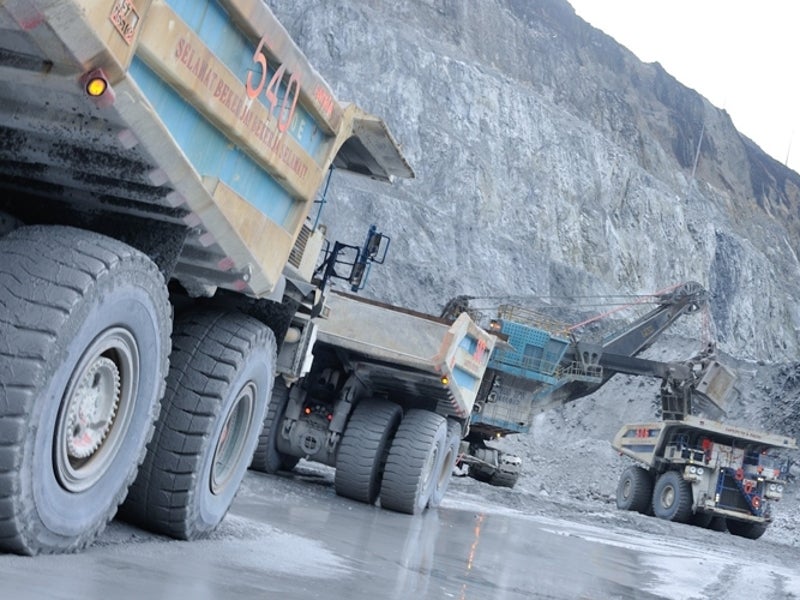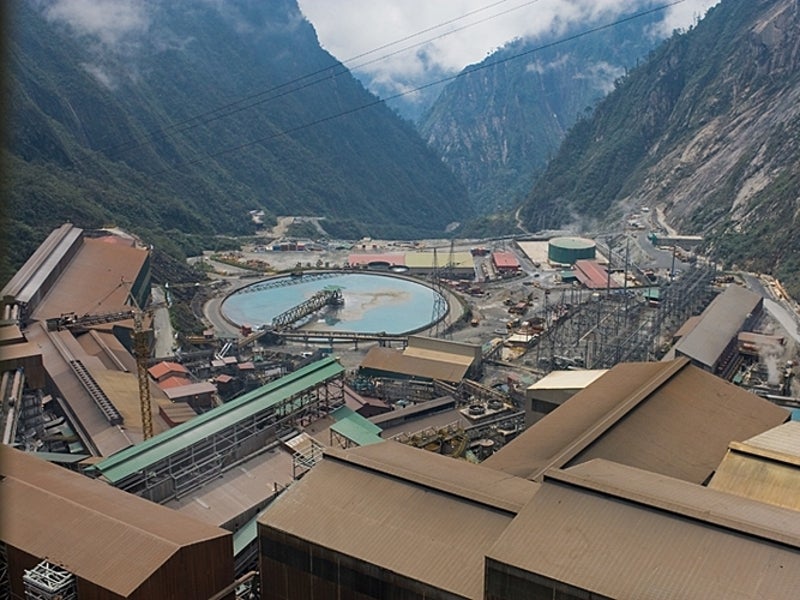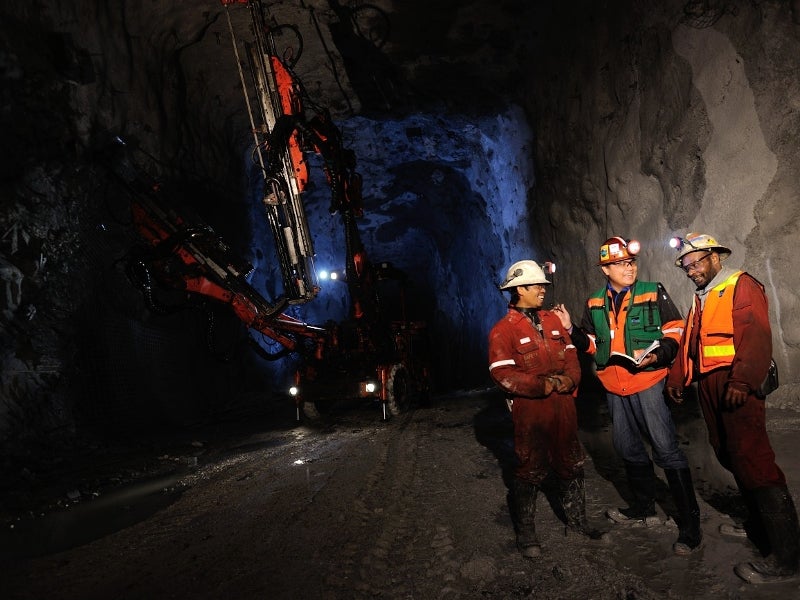Grasberg Block Cave (GBC) is an underground copper and gold mine located within the Grasberg minerals district, Papua Province, Indonesia.
The GBC mine forms part of the larger Grasberg mining operation that also includes three more underground mines namely, DOZ, DMLZ, and Big Gossan. Grasberg hosts one of the biggest copper and gold deposits in the world.
The Grasberg mine is owned and operated by PT Freeport Indonesia (PT-FI), which is a joint venture between Freeport-McMoRan (48.8%) and PT Indonesia Asahan Aluminum (51.2%). It produced 1.22 billion pounds of copper and 2.6 million ounces (Moz) of gold in 2018.
Grasberg Block Cave development details
The Grasberg Block Cave mine targets the deeper copper-gold located under the Grasberg open-pit mine that was operational since 1990 till it was transitioned into an underground mine in 2019.
The underground mine development involves the installation of an automated rail system on four levels of the mine for transporting ore to the surface. The total track length is expected to be 23km.
First undercut blasting at the Grasberg Block Cave took place in September 2018, while the first drawbell blasting took place in December 2018. Ore extraction began in the first half of 2019.
Production at Grasberg Block Cave
Ore extraction from the GBC underground mine averaged 10,600 tonnes per day (tpd) during the third quarter of 2019, which is expected to be ramped up to 16,000tpd in 2020.
Ore production from the mine is further expected to be increased to 130,000tpd in 2023 with the development of a total of five production blocks covering 335,000m2.
The Grasberg Block Cave is expected to produce a total of 17 billion pounds of copper and 14Moz of gold during its mine life until 2041.
Location, geology, and mineralisation
The Grasberg Block Cave targets the same ore body that was historically mined from the surface as part of the Grasberg open-pit mining operation.
Discovered in 1988, the Grasberg copper-gold deposit is located within the Sudirman Mountain Range, in the Papua province of Indonesia.
The ore body forms part of an igneous intrusive complex that intrudes limestones of the Tertiary Ainod and Faumai formation of the New Guinea Group.
Copper and gold mineralisation at the deposit is found disseminated in pyrite, chalcopyrite, bornite, digenite, and covellite.
Copper and gold reserves at Grasberg Block Cave
The proven and probable ore reserves at the Grasberg Block Cave underground mine were estimated to be 963 million tonnes (Mt) grading 0.96% copper and 0.72g/t gold as of December 2018.
The mine is estimated to contain 17.2 billion pounds of copper and 14.1Moz of gold in recoverable reserves.
Mining and ore processing for the Grasberg Block Cave mine
Underground block caving method, involving undercut and drawbell blasting, is employed for ore extraction at the Grasberg Block Cave mine.
The extracted ore is transported to an onsite ore bin through an automated rail system. The ore material passes through an apron feeder and a gyratory crusher on-site before being sent to the processing facility through a conveyor.
The ore received at the processing facility is crushed and ground into fine particles and undergoes flotation with the use of alcohol and lime for separating copper, gold, and silver-containing concentrates.
Mineral concentrates from the processing plant are sent in the form of slurry through a 110km-long pipeline connecting a dewatering plant near the Amamapare Port.
After dewatering, the final concentrate products are shipped to smelters in Indonesia as well as in foreign countries.
Infrastructure facilities
The electricity for the Grasberg mining operation is supplied from a 195MW coal-fired power plant located near the Amamapare Port, as well as from the diesel-based power generation facilities located near the processing facility.
The total power generation capacity of the coal and diesel-fired facilities stands at 385MW.
The other infrastructure facilities include a tailings storage facility, a lime plant, a number of workshops and maintenance facilities, townships at Tembagapura and Kuala Kencana, and three campsites including a base camp near the Timika airport.





